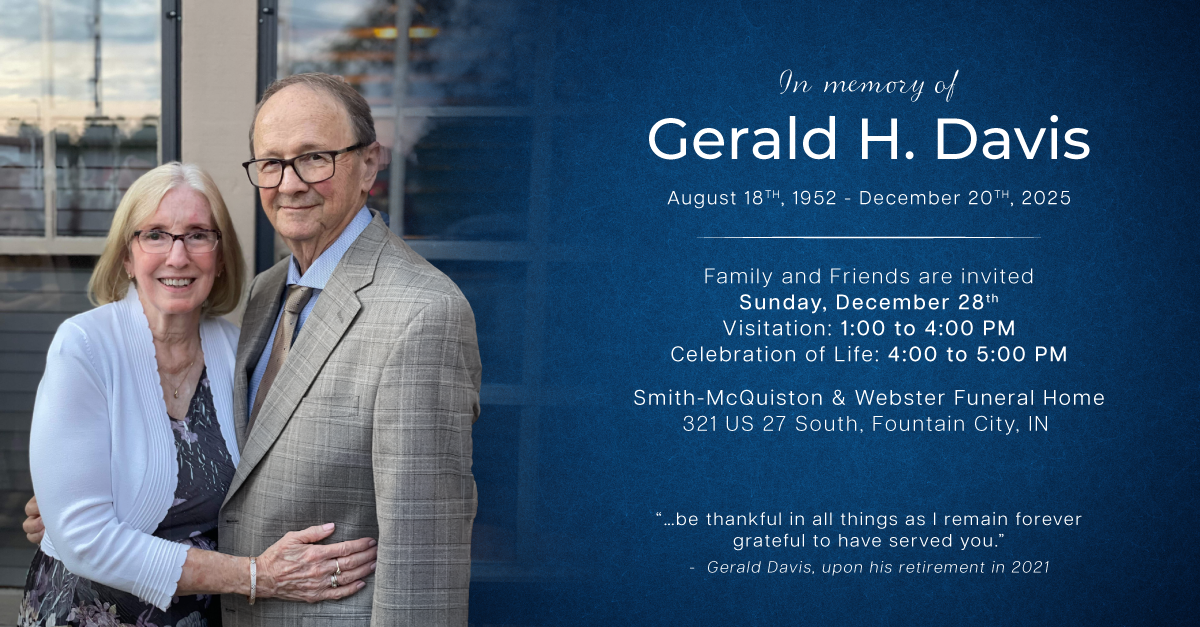Swedish Company Promessa Offers to Freeze and Explode Your Corpse
 WANT a green friendly burial? Do as the Terminator does.
WANT a green friendly burial? Do as the Terminator does.
Burial is always a tricky business. Back in the old days families of the deceased were lucky to be able to choose between cremation and burial.
Now you can turn your beloved?s ashes into a diamond, or have a portrait painted using their cremated remains.
There?s also always the conflict over whether to bury the deceased in a way befitting how they lived.
Were they a responsible recycler, or should you throw it all to the wind and bury them in that environmentally unfriendly Humvee-shaped coffin they?ve always wanted?
Well, now the bereaved no longer have to choose between an environmentally friendly funeral and a joyful but irresponsible ceremony.
A Swedish company has developed a way to deal with human remains that removes the most pollutant aspects of burial by sending them the way of the Terminator.
Swedish Ecological Burial company Promessa wants to freeze human bodies and shatter them into millions of pieces using mechanical vibrations.
The body is frozen to around -18C and submerged into liquid nitrogen, allowing the body to become brittle.
Once the body is sufficiently brittle, it is shocked with mechanical vibrations, shattering it into a powder.
The process doesn?t end there, either. Weight is still an issue.
Once in powder form, the remains still weigh about as much as a human body, but Promessa has developed a solution for that too.
The powder is placed in a vacuum chamber which sets about removing water from the remains, shedding about 70% of the body?s mass.
Water boils instantly in a vacuum so the water is literally steamed from the body.
All that remains after this process are organic materials, metal parts, (mostly life-saving technological devices implanted in the body such as pacemakers – which are removed) and mercury.
The company recommends placing the remains in a cornstarch coffin which should be buried in a plot that allows the remains to break down into compost within a year-and-a-half. Hardwood coffins, additives and large cemetery plots are a no no.
A headstone inscribed with the message ?hasta la vista? is optional.



